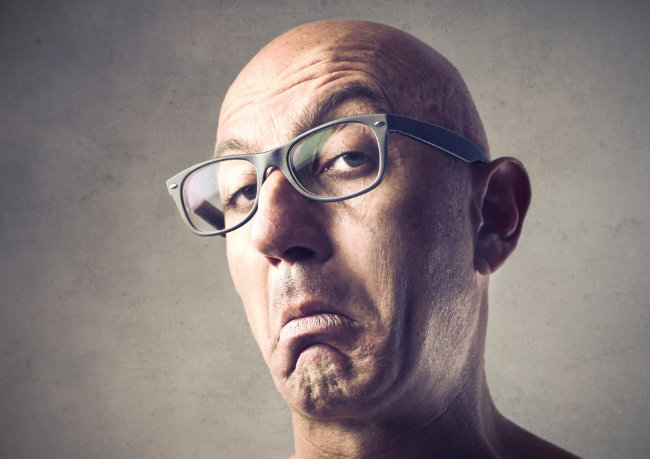
Jonathan Jones is mostly notable these days for annoying the internet by insisting it was impossible for photography to be fine art. And, in his most recent column, he’s turned that same open mind to comic books. Shockingly, thanks to an encyclopedic ignorance of the medium, he finds them lacking!
The other day in a bookshop I was looking at shelves and shelves of grownup comics – graphic novels if you will. I had a phase of enjoying comics – especially the wild, wild works of Alan Moore – but somehow the enthusiasm has waned.
He enjoyed comics about 30 years ago, but, as a fine art critic, he can’t remember who actually drew the comics he read.
Looking at the latest acclaimed graphic novel, The Sculptor by Scott McCloud, I suddenly realised why they seem less worth an adult’s time. The vast majority of graphic novels today are drawn with studied banality. There is a lack of ambition and verve to their visual artistry.
Yes, he’s just told you he doesn’t read comics, but he’s willing to dismiss every single graphic novel recently released as “studied banality” based entirely on one he saw in a bookstore.
Scanning those bookshelves, which held everything from Persepolis to Black Hole, what I saw were variations on a reductive graphic style designed to communicate information and signify simple emotions, but never to take the risk of showing a genuinely new, genuinely personal and daring perception of reality.
This is a representative page from Persepolis:
This is a representative page from Black Hole:
You might notice that the similarities between the two stop somewhere around “they are black and white.”
In a comic, this advances the story, but such a functional approach undermines true art. A real comic artist is someone who uses drawing as self-expression instead of as a narrative machine.
You heard it here first, folks. Self-expression is impossible within a narrative. Unless you have an Oscar-winning documentary about you, as Jones immediately shows us by declaring…
But the standard of true art in comics is surely Robert Crumb.
In this column, where he dismisses thousands of artists in one swoop, Jones mentions precisely four artists by name: Crumb, McCloud, Joe Sacco, and Chris Ware. Crumb and Sacco he praises, which is odd because both men are best noted for, uh, their storytelling and narrative work. These are exactly the kind of comic book artists one is exposed to if the most interaction one has with comics is the New York Times Review of Books and the occasional Oscar-winning documentary.
He wraps up the column by insisting that comic book artists should study Hogarth, because The Rake’s Progress and a comic book are the same thing, right? Which really leads me to probably the biggest problem I have with this column: Jones consistently fails to grasp that a comic book is more than a bundle of drawings or understand the technical skill that goes into them.
Just as one example, layout. Over and over, Jones focuses on individual panels, but the order a comic book artist places his or her images is every bit as crucial as each individual image. Take this page from Hawkeye #21, illustrated by David Aja:
Individually, the panels look spectacular, but the real achievement here is how the page reads. You can scan it from top to bottom or left to right, and it will all flow naturally to the very bottom panel. Aja probably spent as much time working on that page as a whole as he did on its components. Any page of a well-done comic is more than just the sum of its individual images.
Essentially, Jones is committing a sin of ignorance on the order of somebody insisting that their kid could paint as well as Jackson Pollock. He dismisses it because, simply, he doesn’t understand it, and that’s a poor form for any critic.
